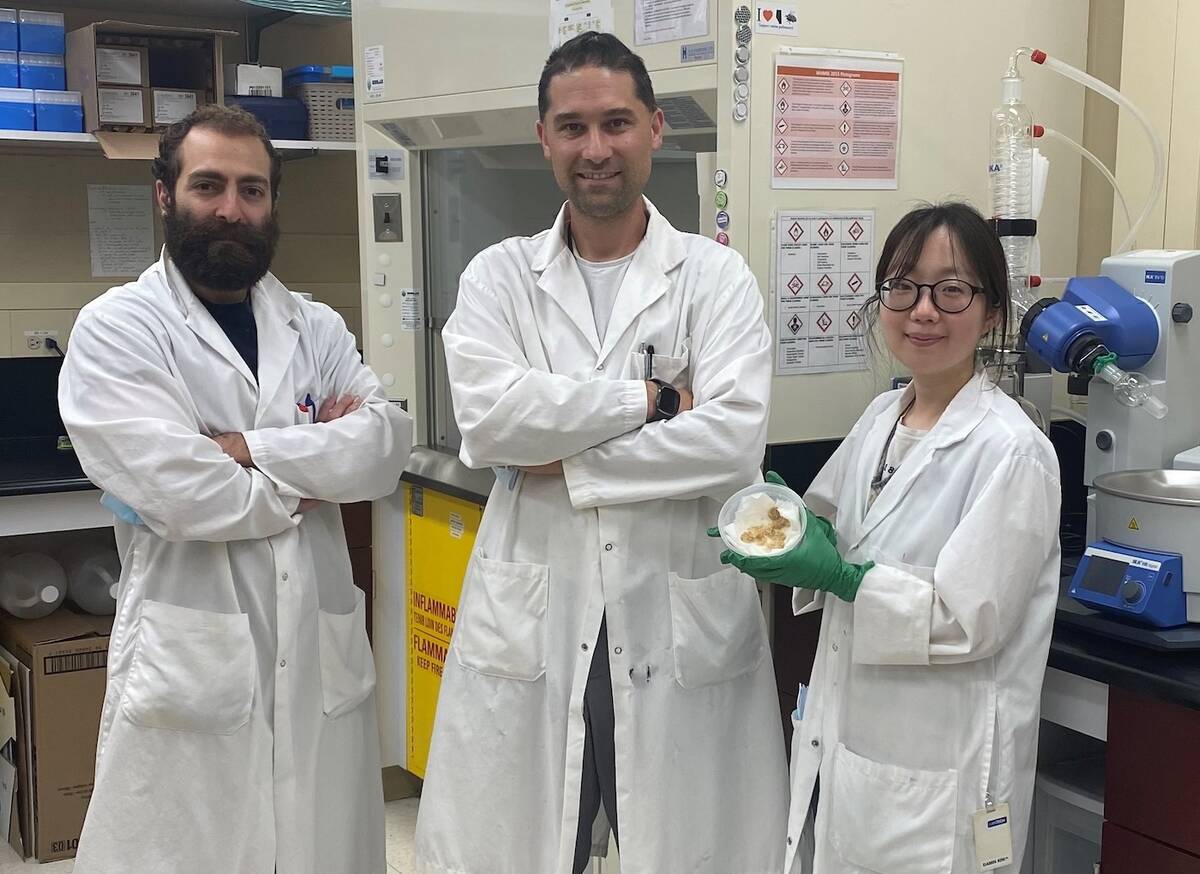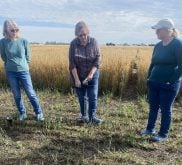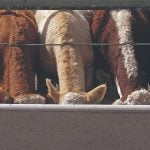A leading industry-run sustainable beef program is touting a new and improved update of its guiding framework.
The Canadian Roundtable for Sustainable Beef (CRSB) has released a “fulsome” rethink of the Certified Sustainable Beef Framework (CSBF) prioritizing transparency, clarity and consistency.
It comes on the heels of the the framework’s first scheduled five-year review in its seven-year history. The review started in 2022.
Read Also

Scientist working with nanotechnology to control pests in crops
Researchers from Agriculture and Agri-food Canada are working with nanotechnology to targest pest insects in crops.
“Continuous improvement is at the core of the CRSB’s mission and this update sets us up for continued progress to support beef farmers and supply chain participants to build trust in the sustainability of Canadian beef,” wrote Kristine Tapley, chair of CRSB’s framework committee, in a news release.
According to CRSB, key improvements and updates to the framework include a thorough review of each indicator in CRSB’s standards for beef production and processing. These were informed by stakeholder and public consultation.
The suite of claims related to certified operations and sourcing of CRSB-certified beef were reviewed and updated, guided by comparison with other programs, expert opinion, stakeholder feedback and legal review.
“We conducted consumer research and updated our claims to reflect what resonated best with consumers,” wrote Tapley in a follow-up email.
“Further, claim statements were streamlined for consistency across different users of the framework and reference to standards and the CRSB are now included in claim statements for better clarity and transparency.”
The assurance protocols that guide the certification process were brought up to date and strengthened to improve consistency and clarity of the system.
The chain of custody requirements were updated to enable consistency in implementation, wrote Tapley.
These requirements outline how cattle and beef are tracked through the supply chain. They also define how CRSB claims for beef sourced from CRSB-certified operations are enabled.
“The update will also help to improve transparency of live cattle movement across all CRSB-certified supply chains,” she wrote.
“Producers can now search the CRSB-certified status of an RFID tag on the Canadian Livestock Tracking System. We hope this search function will help with producer participation in the program.”
As of October 2023, the industry-led Canadian Cattle Identification Agency (CCIA) is providing the tracking of live cattle for the program outside Quebec.
This was previously the responsibility of individual supply chains audited by Where Food Comes From, an independent, third-party food verification company.
“Now supply chains must use CCIA,” wrote Tapley.
The CSBF is a voluntary framework enabling members of the beef supply chain to show their commitment to sustainability and be recognized for their responsible practices, wrote Tapley.
“We certify them in five different areas of sustainability: natural resources, people and community, animal health and welfare, food, and efficiency and innovation. “It certifies farms, ranches and processing facilities on sustainability performance through on-farm, on-site audits. It gives retail and food service members a way to source certified sustainable beef to meet their sustainable sourcing goals.
“Finally, it gives consumers confidence that this beef has been raised with sustainable practices that are backed by credible, science-based information.”
Established in 2014, the CRSB advances, recognizes and communicates continuous improvement in the sustainability of the Canadian beef value chain. The CRSB drives progress through sustainability performance measurement, projects and initiatives aligned with strategic goals, and a voluntary third party sustainability certification program.
Its membership includes a national who’s-who of beef producer associations, beef processors and associations, players in the retail and food service sector, non-governmental organizations, agriculture and food businesses, and academic institutions.
















